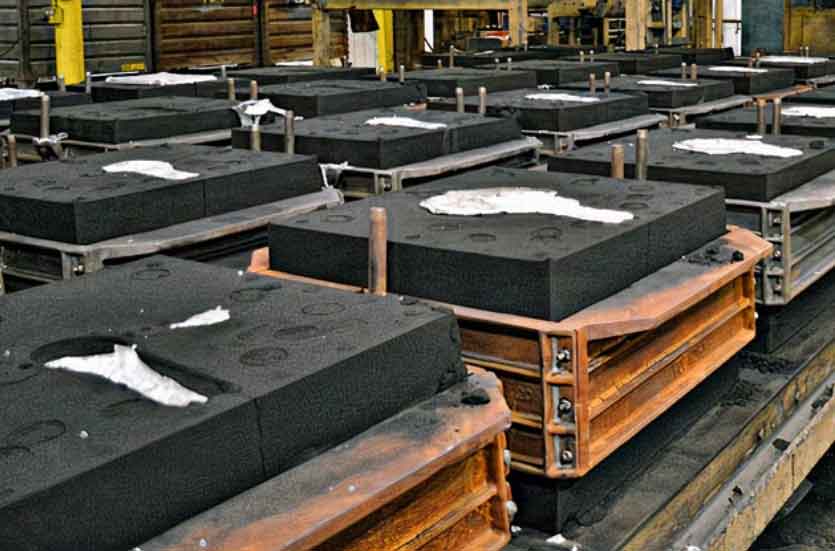Resin sand casting offers a host of advantages, two of the most prominent being precision and cost-effectiveness. These qualities make it an attractive and popular choice for manufacturing intricate metal components. Let’s explore these advantages in detail:

1. Precision:
Resin sand casting is known for its ability to produce metal components with high precision and dimensional accuracy. Several factors contribute to this precision:
- Resin-Coated Sand: The use of resin-coated sand results in molds with consistent and uniform properties. This ensures that the mold maintains its shape during the metal pouring and solidification process, leading to precise castings.
- CNC Machining Compatibility: The dimensional accuracy achieved through resin sand casting often reduces the need for extensive post-casting machining. This not only saves time but also helps preserve the intricate details of the final component.
- Intricate Designs and Complex Geometries: Resin sand casting’s versatility allows for the creation of intricate designs and complex geometries that would be challenging to achieve with other casting methods.
- Low Draft Angles: Resin sand casting can accommodate smaller draft angles compared to traditional sand casting, allowing for near-vertical walls and intricate features without compromising the casting process.
2. Cost-Effectiveness:
Cost-effectiveness is another significant advantage of resin sand casting, making it an economical choice for various industries:
- Lower Tooling Costs: Resin sand casting requires relatively simple and cost-effective tooling compared to other casting methods like die casting or investment casting. The use of expendable patterns reduces the need for expensive permanent molds.
- Versatility in Materials: Resin sand casting is compatible with a wide range of metals and alloys, including ferrous and non-ferrous materials. This flexibility allows manufacturers to choose materials that suit the specific application’s performance requirements and budget constraints.
- Less Post-Casting Finishing: The precision and surface finish achieved in resin sand casting often reduce the need for extensive post-casting finishing operations. This saves time and reduces the overall manufacturing cost.
- Suitable for Low to Medium Volume Production: Resin sand casting is well-suited for low to medium volume production runs. The relatively quick setup and preparation time allow for efficient production of smaller quantities of parts without the need for expensive tooling.
- Material and Energy Savings: The ability to create complex designs with thinner sections allows for material and weight optimization, leading to cost savings in material usage and transportation costs.
- Integration with Additive Manufacturing: The integration of 3D printing with resin sand casting enables rapid prototyping and reduces lead times, leading to cost savings in product development and design iterations.
The precision and cost-effectiveness of resin sand casting make it a compelling choice for manufacturing intricate metal components across a wide range of industries. Its ability to strike a balance between high-quality precision and economic feasibility continues to drive its popularity in the world of metal casting.
